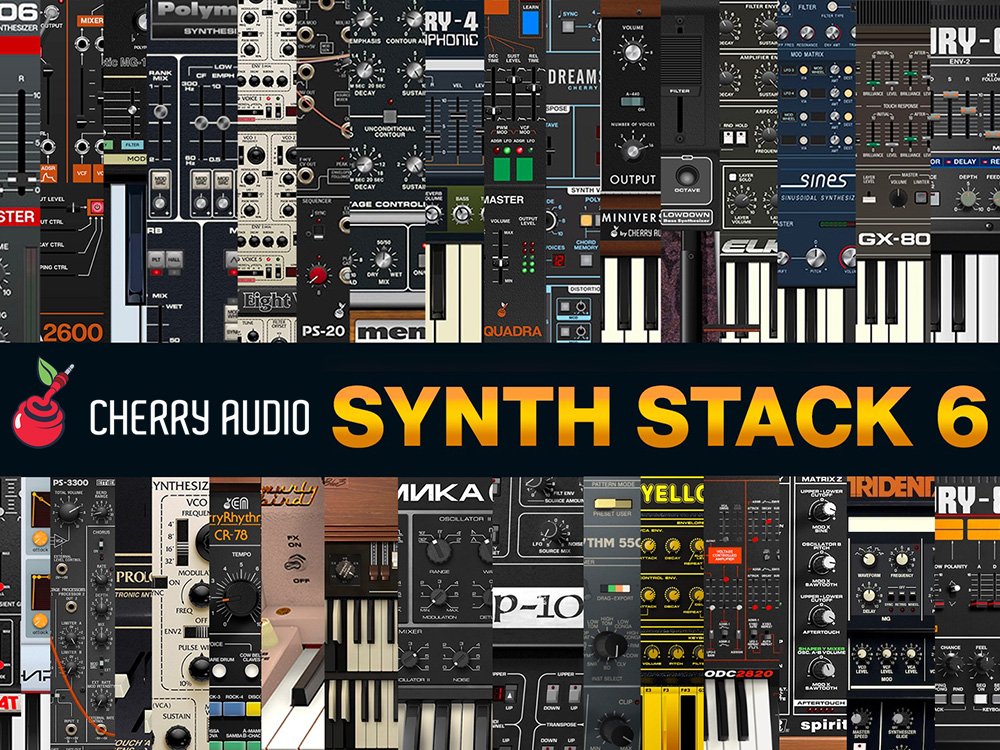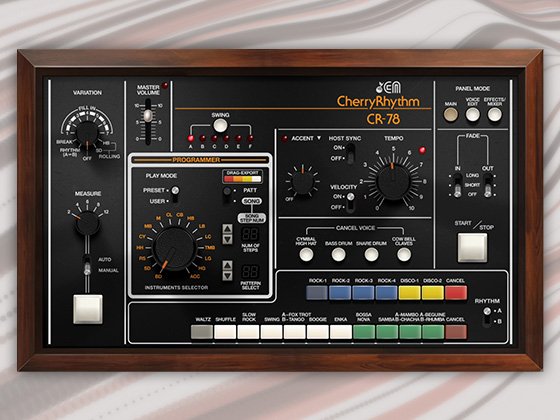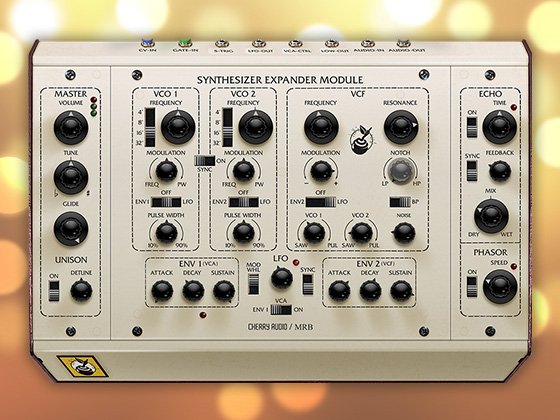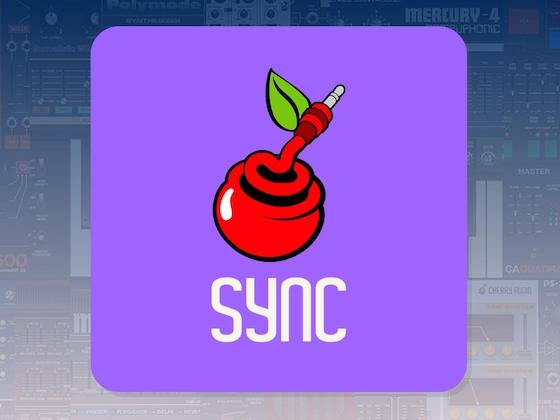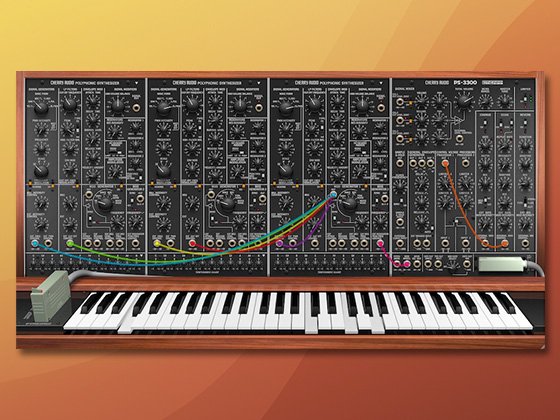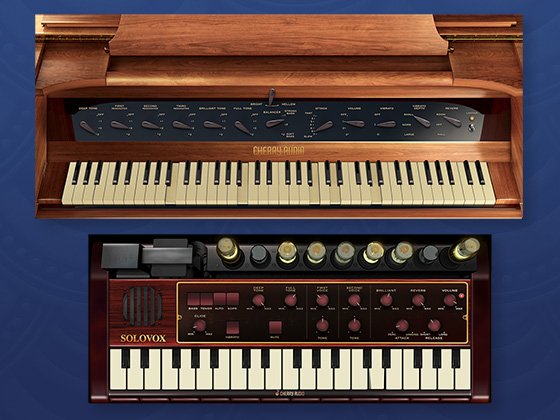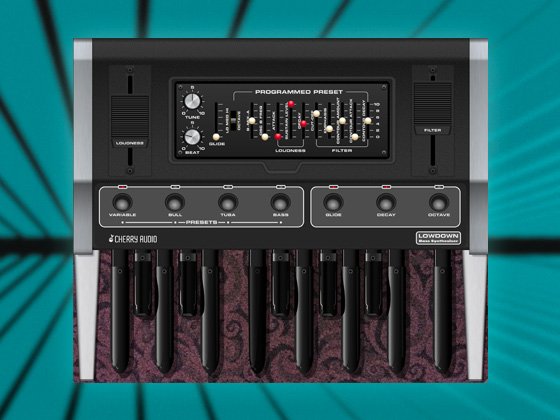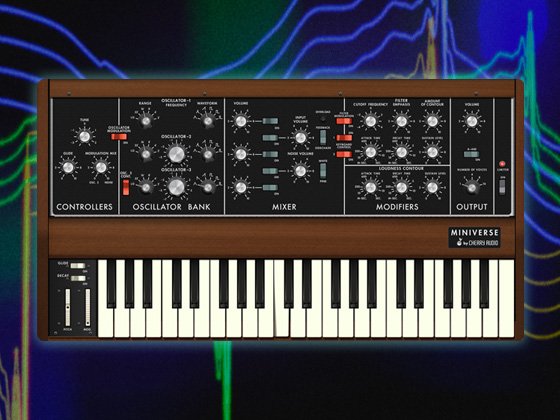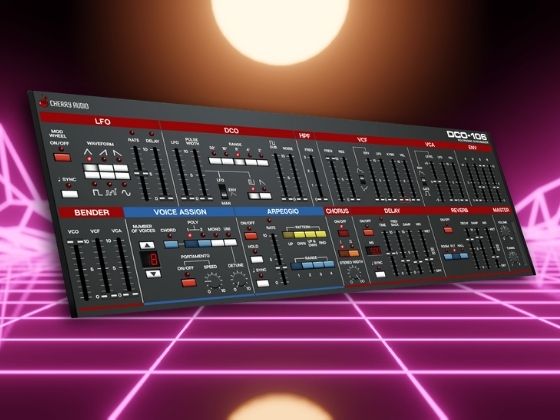$2.50 $5.00
PORTASONUS
PORTASONUS is a general purpose audio gate utility. It performs well as a threshold-based noise reduction tool, but can also be used as an “auto-swell” effect with instruments such as guitar. An optional sidechain input opens up interesting rhythmic gating possibilities.
We’ve done our best to tune the PORTASONUS gate controller with a little internal damping and smoothing so that it’s “musical” in nature, rather than providing sample-accurate surgical precision.
The name is vaguely Latin influenced, roughly translating as “sound gate”.
PORTASONUS has two totally independent channels for processing stereo or dual mono inputs. When either input is used, it will be routed to both outputs. Please note however that the gate is driven by the average incoming signal of both inputs.
ON switch toggles PORTASONUS between active and bypass mode.
The AGR LEDs provide a visual indication of the gate. When in the attack phase, the A LED will be lit. When in the release phase, the R LED will be lit. The G LED will be lit blue when the gate is open, and red when closed.
OPEN sets the gate threshold from near silence (-96dB) to the maximum level of 5.0V (0dB). If no levels are clipping, nothing should get through the gate when OPEN is set to maximum.
CLOSE sets the amount the level must fall to below the open threshold for the gate to close. This is often referred to as hysteresis. At maximum setting the threshold is the same, i.e. zero decibels below the open ratio. At minimum, this setting is 24dB below.
Depending on the type of audio being processed, setting the CLOSE setting to be somewhere around halfway (-6dB) can help avoid “ripples” or “chatter” due to the gate opening and closing quickly as it crosses back and forth over the open threshold.
REDUCTION varies the amount of gain reduction applied by the gate. At minimum setting, no reduction takes place. At maximum, -96dB of gain reduction is applied, which is practically total silence.
Interesting effects can be achieved by varying the REDUCTION control, such as “tightening up” a drum loop by reducing the level of the quieter elements, or slightly damping the reverb tail between notes to restore rhythmic definition to a track.
ATTACK varies the time taken for the gate to open, from 0ms to 2500ms. Note that when in the attack phase, the gate will not re-trigger. Setting a long ATTACK time turns PORTASONUS into an auto-swell effect.
HOLD varies the time between 5-2500ms the gate is held open after the level has fallen below the threshold set by the CLOSE control. For a “musical” response, the level must remain below the hysteresis value for the entire duration of the HOLD time, or the timer is reset. Once the HOLD time has elapsed, PORTASONUS goes into release mode.
RELEASE sets the time taken for the gate to reduce gradually to the level set by the REDUCTION control from 25ms to 2500ms.
The LIN / EXP switches below the ATTACK and RELEASE controls change the gain adjustment between linear or exponential. An exponential attack curve can sometimes work better for long attack times.
The CV switch toggles the CV input between SIDECHAIN and ON / OFF mode. In ON / OFF mode, a pulse of +1V or more will toggle PORTASONUS on or off. SIDECHAIN mode allows PORTASONUS to gate audio sent to the IN jacks according to the signal seen at the CV input jack. For example, you could run a synth arp into the main inputs and route a percussion track to the CV input to give the arp a rhythmic pulsing effect. There’s lots of creative potential here and it’s worth spending some time exploring and tweaking all the controls.
We hope you now agree that gates can be fun and they’re not always just an open and shut case!
Title of Song
-
PORTASONUS-GUITAR-SWELL
-
PORTASONUS-SIDECHAIN-DRUMS
